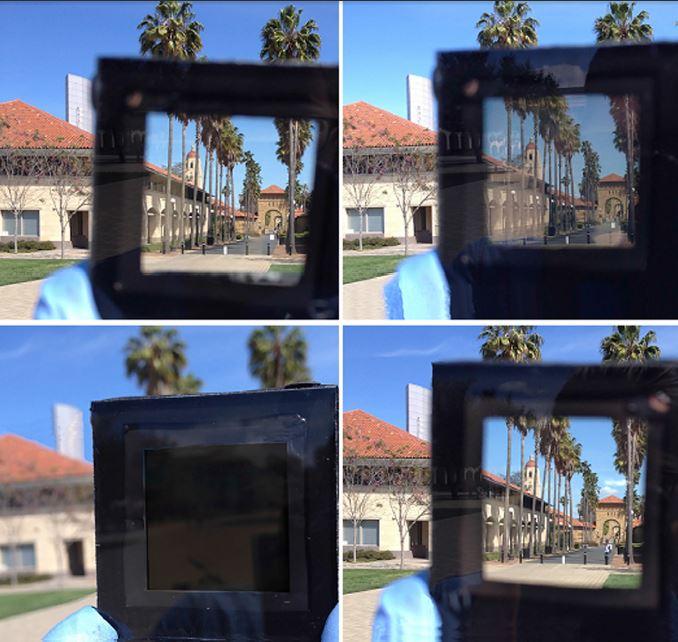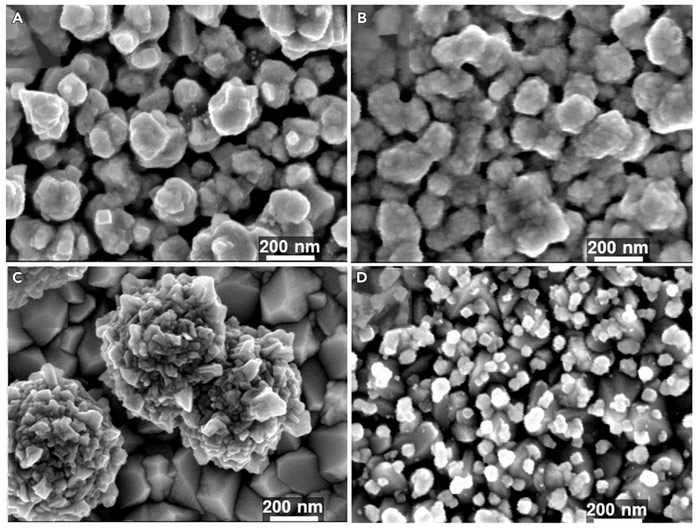
11th August 2017 Smart windows could save 20% in energy costs Researchers in the U.S. have created "smart windows" that rapidly change opacity, depending on how sunny it is. This new technology could cut utility costs.
Engineers at Stanford University have created dynamically changing windows that can switch from transparent to opaque in only a minute – and back again in just 20 seconds – a major improvement over dimming windows currently being installed to reduce cooling costs in some buildings. The newly designed "smart" windows consist of conductive glass plates outlined with metal ions that spread out over the surface, blocking light in response to an electrical current. The results are described in the 9th August edition of the journal Joule. "We're excited because dynamic window technology has the potential to optimise the lighting in rooms or vehicles, and save about 20 percent in heating and cooling costs," said Michael McGehee, a professor of materials science and engineering at Stanford and senior author of the study. "It could even change the way people wear sunglasses."
The researchers have filed a patent for their new technology and have entered into discussions with glass manufacturers and other potential partners. However, more research is needed to make the surface area of the windows large enough for commercial applications. The prototypes used in the study are only about 4 square inches (25 square centimetres) in size. The team also wants to reduce manufacturing costs to be competitive with dynamic windows already on the market. "This is an important area that is barely being investigated at universities," McGehee said. "There's a lot of opportunity to keep us motivated." Commercially available smart windows are made of materials, such as tungsten oxide, that change colour when charged with electricity. But these tend to be expensive, have a blue tint, can take more than 20 minutes to dim, and become less opaque over their lifetime. The Stanford prototype blocks light through the movement of a copper solution over a sheet of indium tin oxide, modified with platinum nanoparticles.
When transparent, the window is clear and lets roughly 80 percent of incoming natural light pass through. When dark, the transmission of light drops below five percent. To test its durability, the researchers switched the windows on and off more than 5,000 times and saw no degradation in the transmission of light. "We've had a lot of moments where we thought, how is it even possible we've made something that works so well so quickly?" McGehee said. "We didn't tweak what was out there. We came up with a completely different solution." Perhaps in some future decade, with further advances in nanotechnology, smart windows could be developed that respond to sunlight in real time and instantly change colour – while being affordable enough to feature as standard in every building and vehicle. ---
Comments »
|








